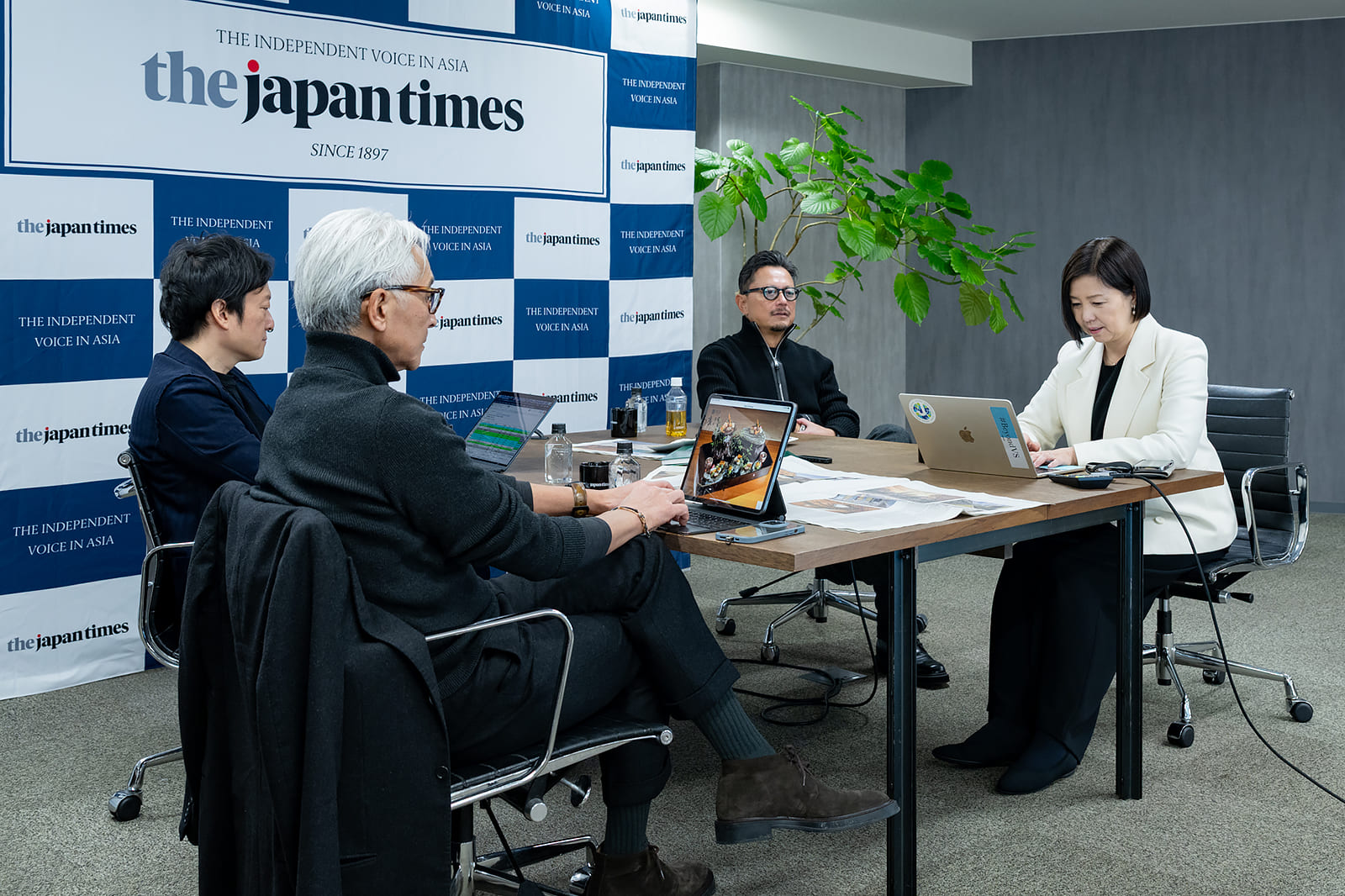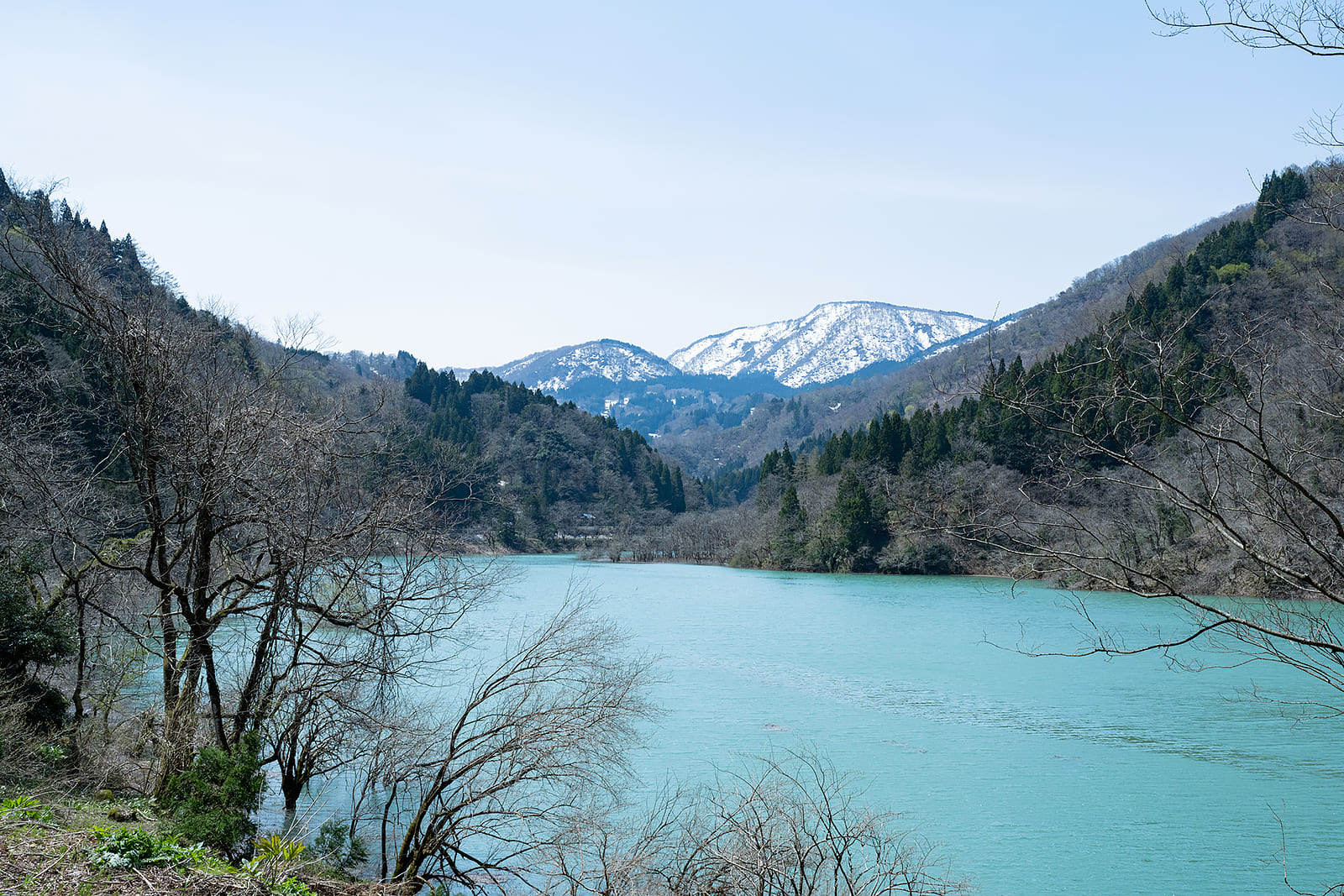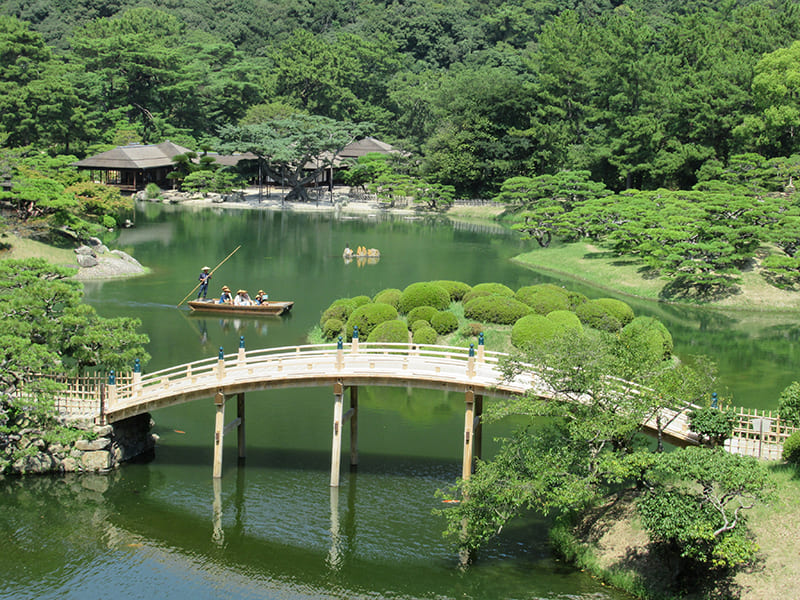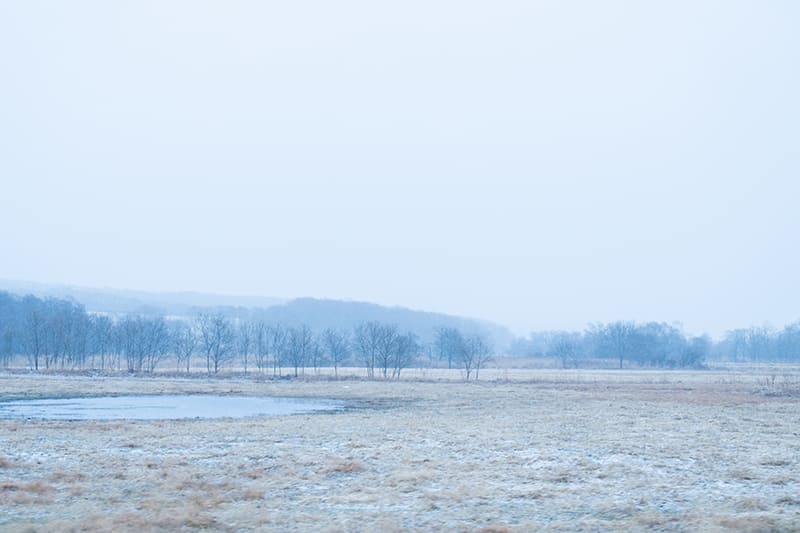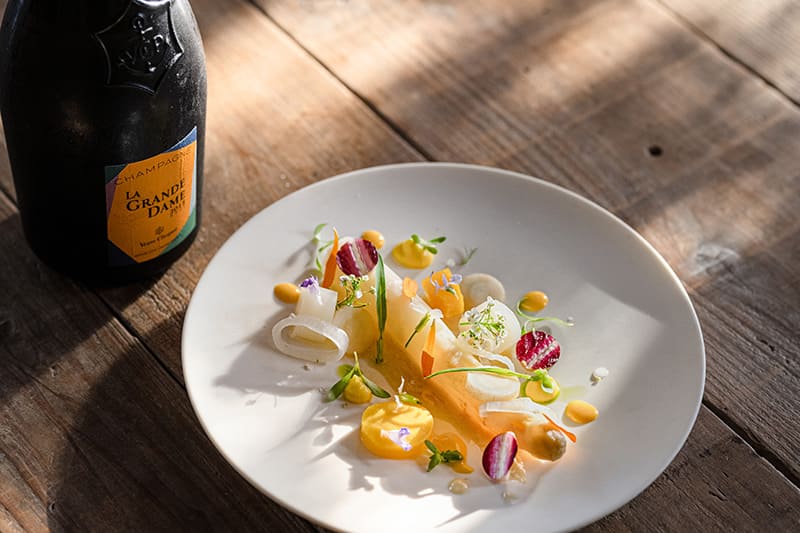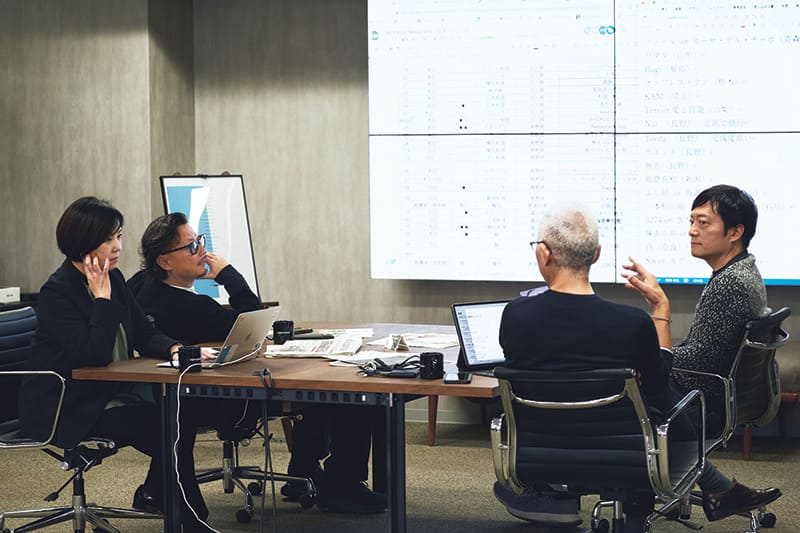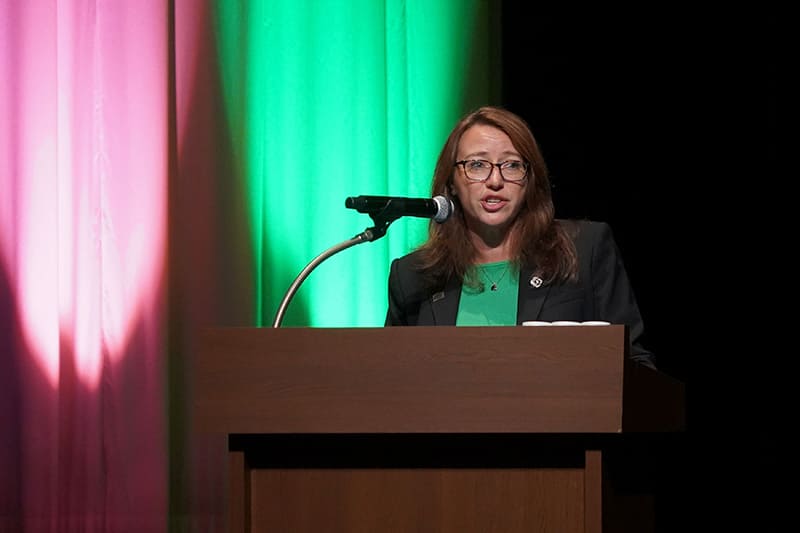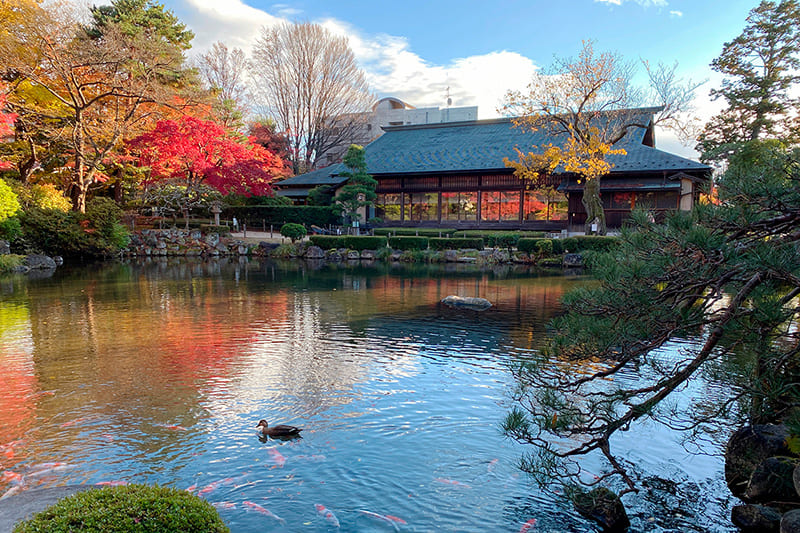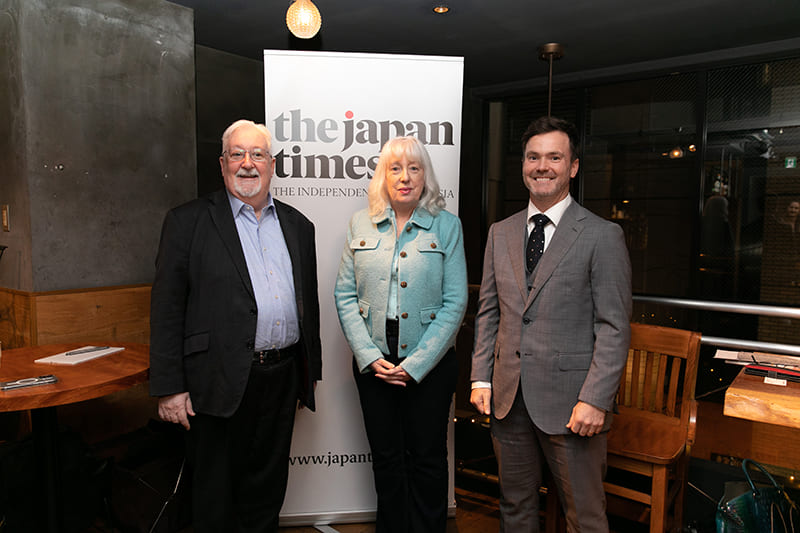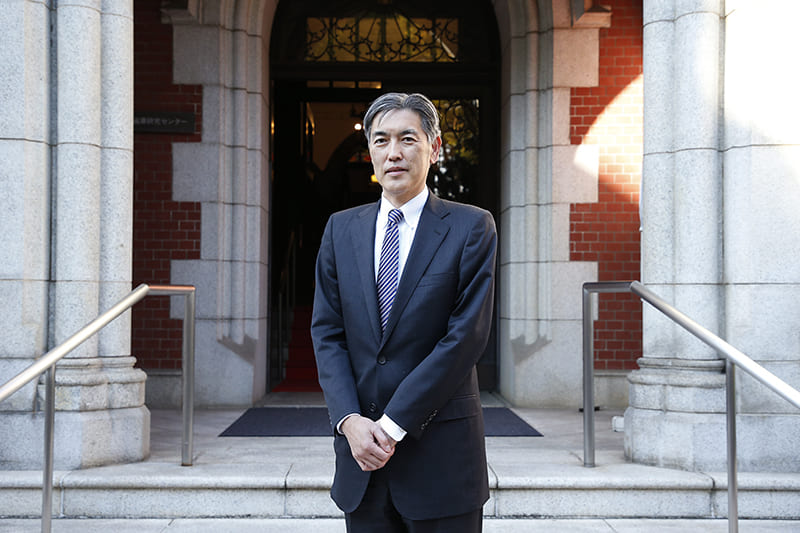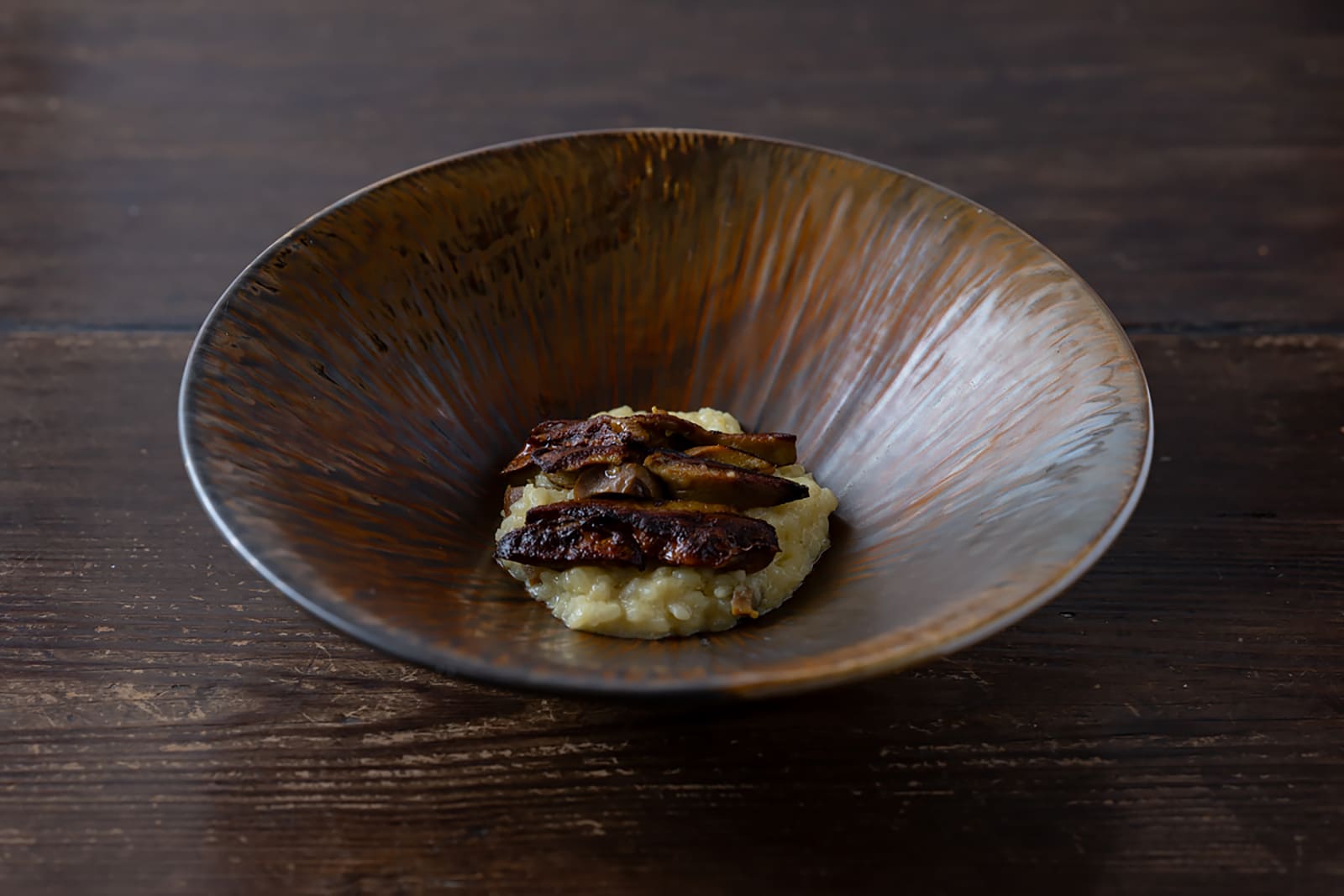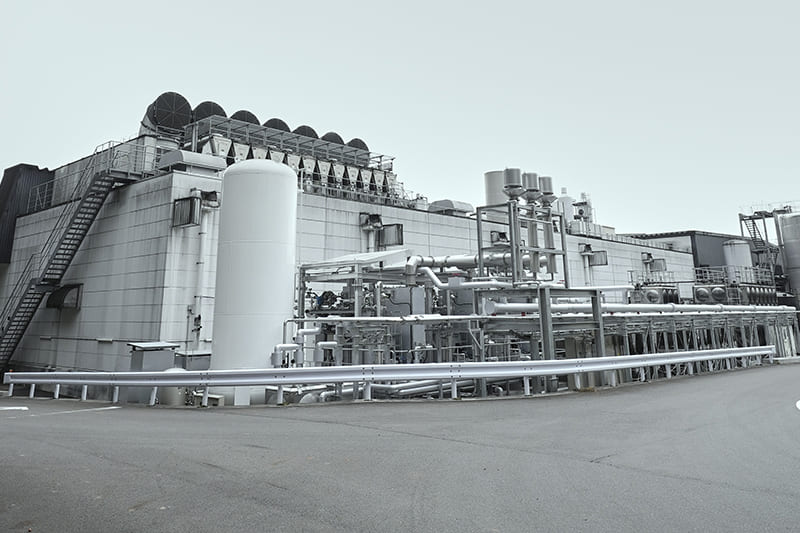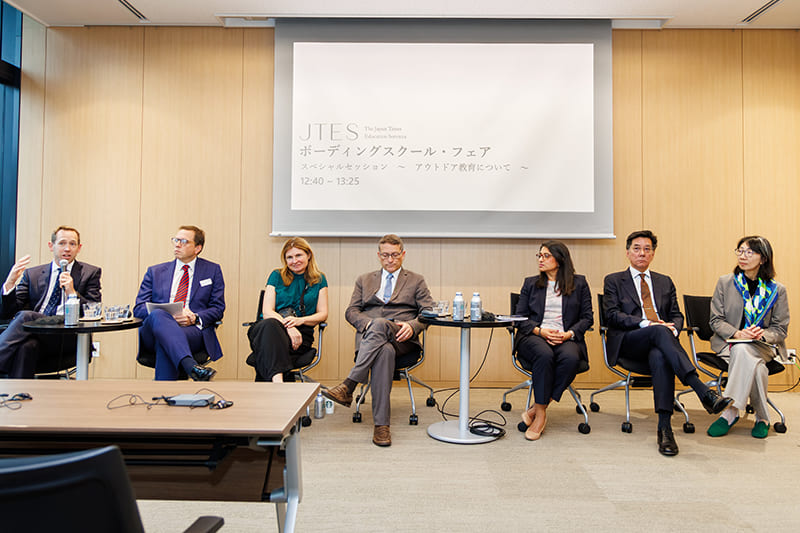October 24, 2025
Restaurant Kam: Culinary hot spot in outlying city
Destination Restaurants 2025
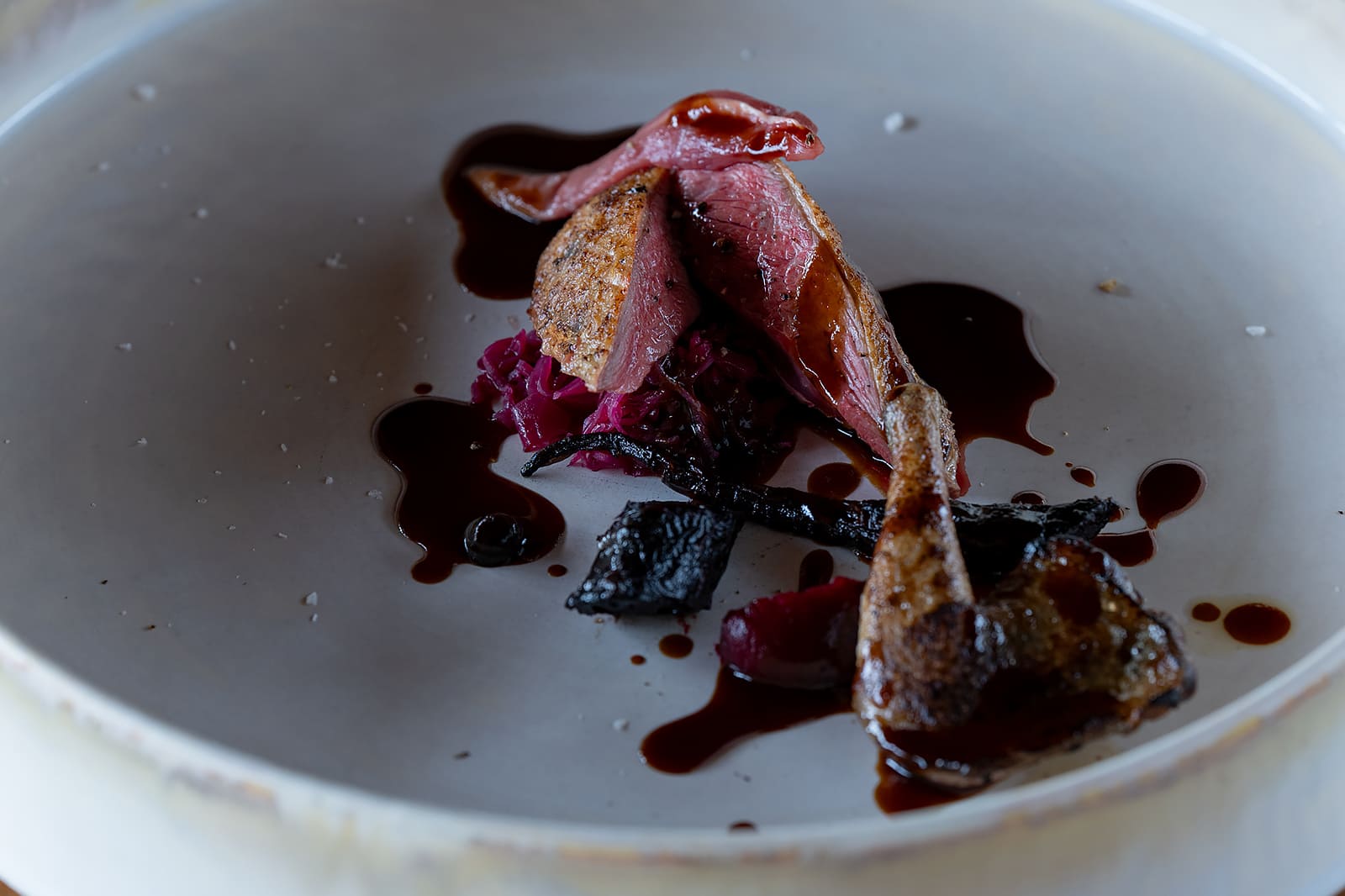
PHOTOS: TAKAO OHTA
Japan’s ongoing economic slump has led consumers to move away from fine dining — revenue at most of The Japan Times’ Destination Restaurants is buoyed by diners from overseas. What is more, Japanese visitors to regional restaurants are likely to hail from major cities. However, local customers have increased at one restaurant on the Japan Times list: Restaurant Kam, which opened in April 2021 in Kawaguchi, Saitama Prefecture, a commuter town for the Tokyo area. Although more than half of its diners were from Tokyo in the early days, nearly 80% now hail from Saitama.
Restaurant Kam is located in a new residential development about a 10-minute walk from Higashi-Kawaguchi Station, a 40-minute or so train ride, with transfers, from Shinjuku Station. It is an outlying residential area with no tourist attractions, notes owner-chef Masashi Motooka.
“The restaurant where I worked before, Restaurant Bio-S in Fujinomiya in Shizuoka Prefecture, was also a farm-to-table restaurant,” he said. “I was cooking but also doing work in the kitchen garden, and this opened my eyes as to how to bring out the best in vegetables in their various states. I’m not just talking about seasonal produce, but also vegetables harvested early or past their best. Because of my experience there, I never had any intention of opening a restaurant in a big city.”
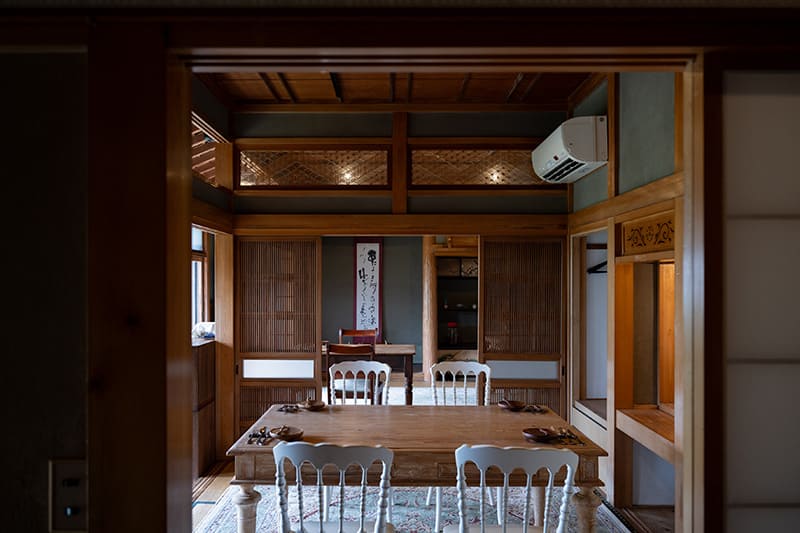
Restaurant Kam
3-1-13 Tozuka, Kawaguchi-shi, Saitama Prefecture
Tel: 080-4623-0829
Instagram: @restaurant_kam_1130
Motooka, who was born and raised in Hyogo Prefecture, chose as the location for his own restaurant a 70-year-old traditional house left by his wife’s late grandfather, who had run a landscaping business there. The house boasts beautiful fittings and ranma (decorative wooden panels above sliding doors or between rooms), showcasing the skill and techniques of traditional Japanese craftsmanship; it also offered Motooka the opportunity to grow vegetables in the garden. In spring and summer, he grows leafy greens and beans, and in fall he cultivates pumpkins and root vegetables like taro. He grows 30 or so varieties of vegetables and 30 kinds of herbs year-round. Along with vegetables, Motooka grows 12 kinds of fruit, including berries in spring as well as citrus fruits and figs.
The restaurant’s course menu is embellished with produce from the kitchen garden, which features in everything from appetizers to desserts as either the main dish or in a supplementary role. Motooka prepares his gourmet offerings with fruit and vegetables harvested on the day; for example, a risotto might come with the last of the summer corn, and a vegetable mousse with kombu-cured shrimp might be garnished with nira garlic chive flowers.
Motooka said: “I still think about something Kazuhiro Matsuki, the owner of Restaurant Bio-S, said to me. He said it would be great if the life cycle of vegetables could be expressed on the table.”
A ¥16,500 ($110) price for Restaurant Kam’s course menu seems reasonable these days, given the satisfying nature of the dishes. No wonder more and more locals are repeat customers, preferring to eat at Kam rather than going to Tokyo. Instead of opening a restaurant in Tokyo with its eye-watering rents or in a rural area that struggles to attract diners, starting a business in a densely populated Tokyo commuter town could become a trend going forward.
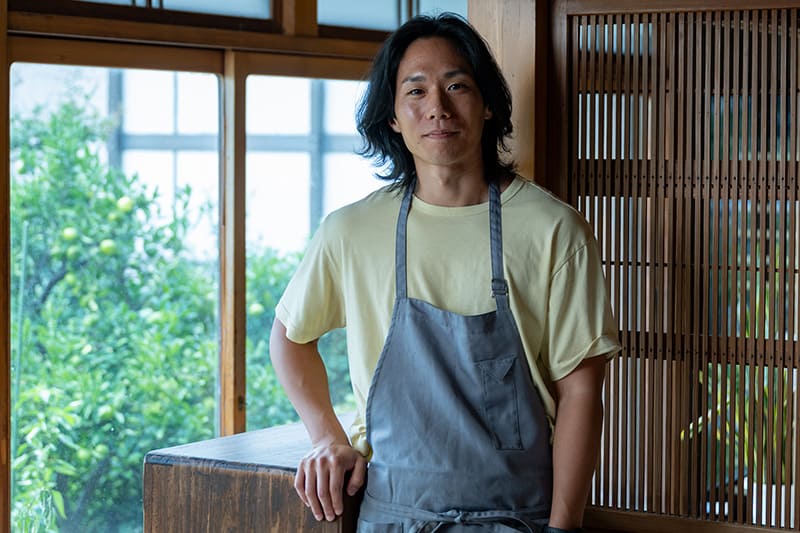
MASASHI MOTOOKA
Born in Kakogawa in Hyogo Prefecture in 1993. After graduating from a Tokyo culinary college, he worked part time at a French pastry shop in Kakogawa, and the chef there inspired him to head to Europe. Motooka trained at restaurants in France and the Basque region of Spain before returning to Japan. In 2017, at the age of 23, he became chef at the organic farm restaurant Restaurant Bio-S in Shizuoka Prefecture, where he remained until its closure at the end of May 2020. At the end of April 2021, he opened Restaurant Kam in Kawaguchi, Saitama Prefecture, in an old minka farmhouse that used to belong to his wife’s grandfather.
観光資源もない郊外で地元支持を集める一軒。
現在、日本の高級レストランの売り上げはインバウンド客や関東、関西の大都市からのゲストに支えられている。だが、埼玉県川口市の新興住宅地に2021年春に開店した『レストラン カム』は県内からの客が多く、その割合は今では8割近くに上る。
兵庫県で生まれ育った本岡将がレストランの場所として選んだのは、妻の亡き祖父が残した築70年弱の一軒家。庭に畑を作り、年間を通して約30種類の野菜と30種類のハーブ、12種の果物を育てている。
本岡は、そんな畑の実りを旬のものはもちろん、花から名残の時期の状態まで扱い、テーブル上で「野菜の一生を表現する」コースに仕立てている。
また、コース¥16,500という価格も昨今では、リーズナブルとも言える。「東京に食べに行くよりここで」と、年に何度も訪れる地元民が増えるのも納得だ。
店の賃料も高騰する都心や集客に苦心する地方ではなく、人口が多い東京のベッドタウンでのレストラン開業は、今後のトレンドになるかもしれない。
Return to Sustainable Japan Magazine Vol. 53 article list page

